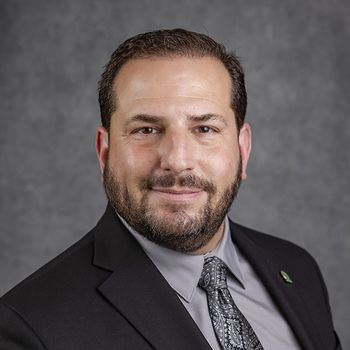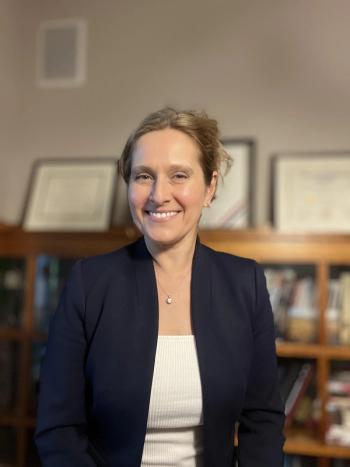
Is the online GLP-1 boom prioritizing profit over patients?
As digital clinics race to capitalize on the GLP-1 weight loss boom, concerns grow over quality, safety and the erosion of patient-centered care.
Over the past two years, digital clinics have turned weekly
A well-known
For many women juggling family, work and aging parents, this new front door feels wonderfully freeing. There’s no traffic, no childcare scramble and no surprise billing. The question is whether the speed and ease that make virtual subscriptions attractive leave enough room for careful, ongoing medical supervision.
The truth about bargain-basement GLP-1s
There is no doubt that virtual care widens the pathway for rural communities, shift workers and anyone who finds traditional office hours exhausting. Yet an eight-month review of online semaglutide vendors uncovered
Even when the drug itself is genuine, monitoring can slip through the cracks. Safe titration involves baseline kidney and thyroid labs, guidance on gall bladder symptoms, nutrition coaching and a kind ear for the emotional side of rapid weight loss. Algorithm-only platforms may approve a refill without verifying that any of those checkpoints happened. Little wonder that in a
The telemedicine clock ticks down on easy access
Because semaglutide is not a controlled substance, many people assume its online prescribing is unregulated. Not so. A
State borders add yet another layer.
What this means for clinic-based care
Every in-office follow-up for a patient on Ozempic or Wegovy usually brings in somewhere between $90 and $140. That revenue supports the registered dietitian, the pharmacist who resolves prior authorizations and the nurse who fields late-night nausea calls. When a patient signs up for a $99-per-month subscription that bundles those services elsewhere, the local clinic loses not only a visit but an ongoing relationship that once generated labs, imaging and referrals.
Still, this doesn’t have to be a zero-sum game. Some practices are launching their own hybrid memberships, like telehealth refills spliced between quarterly in-person checkups, so patients enjoy convenience without giving up hands-on exams or same-day lab draws. Others are striking collaboration agreements in which national apps send users to local clinics for baseline workups and visits for urgent issues. Health plans experimenting with value-based obesity contracts are already rewarding clinics that document sustained weight loss over 12 months, something far easier to prove when you control both virtual and face-to-face care.
Gentle guidance for patients and physicians
If you are a physician or other clinician with a patient tempted by that “Subscribe Now” button, or a patient yourself, pause for a breath and ask four things:
- Does the service ship factory-sealed pens?
- Will it order baseline and quarterly labs?
- Is there a live clinician you can reach at odd hours?
- Will it share your progress notes with your primary doctor?
A yes to all four keeps convenience and safety walking hand in hand.
If you lead a clinic wondering whether online prescribing is a good choice, remember that your superpowers are touch, teamwork and continuity. Bring those strengths into a hybrid model — perhaps with evening telehealth slots, transparent pricing and easy messaging.
Online semaglutide subscriptions can absolutely broaden access, especially for women who wear multiple hats and need flexibility. But access is only a true win when it is coupled with trustworthy medication, diligent monitoring and open communication. Blending virtual speed with brick-and-mortar depth offers the surest path to care that is convenient, compliant and, above all, caring.
With more than 25 years in the field of functional, regenerative and integrative medicine, Gowri Reddy Rocco, MD, is a leading expert in antiaging and optimal wellness. She is the founder and president of
Newsletter
Stay informed and empowered with Medical Economics enewsletter, delivering expert insights, financial strategies, practice management tips and technology trends — tailored for today’s physicians.















